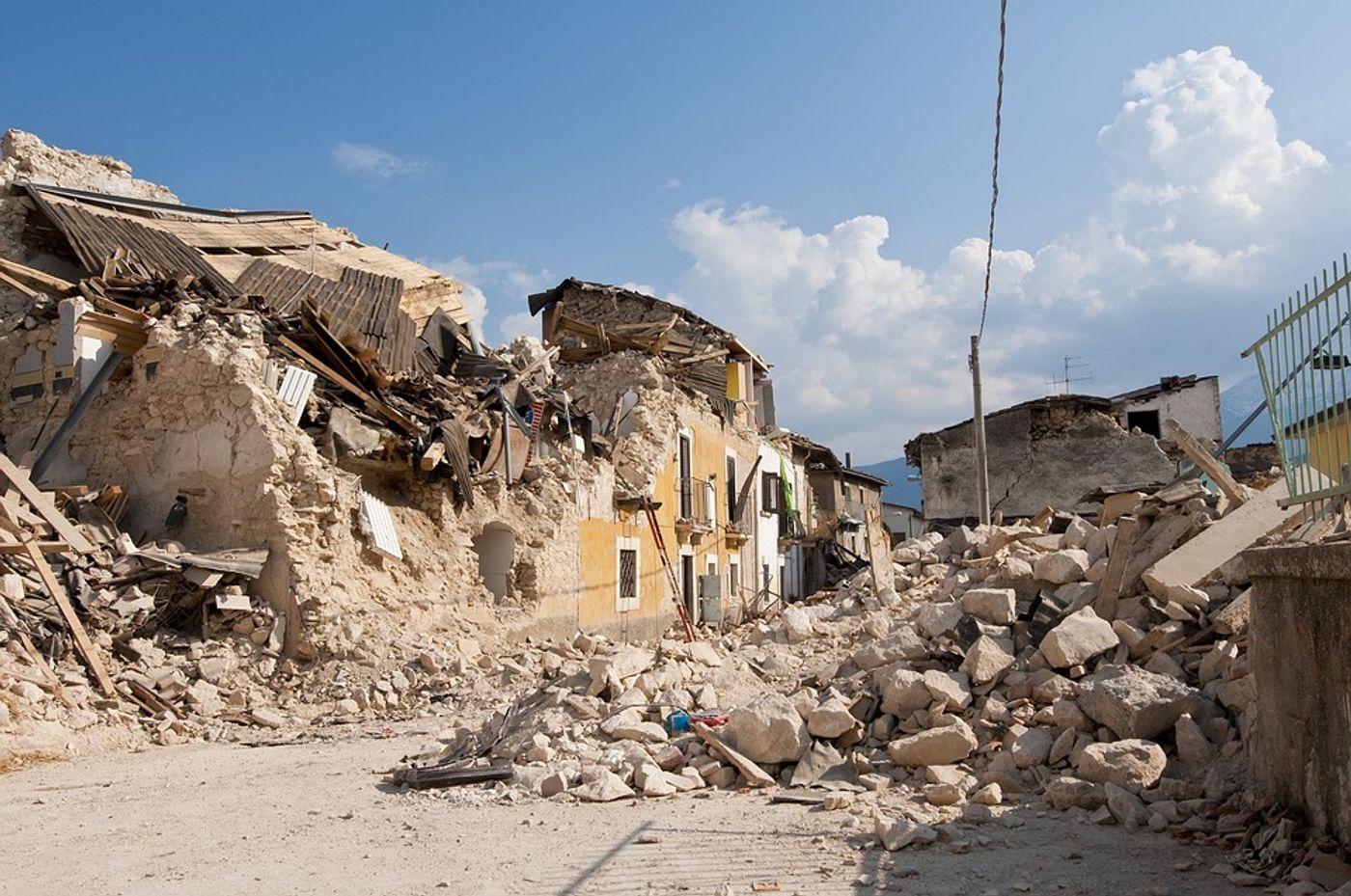The mystery of how a reservoir led to an earthquake
New research published in the Bulletin of the Seismological Society of America suggests a newly discovered caused for earthquakes in India. The seasonal filling and emptying of certain reservoirs in the country result in erosion and deformation of the surrounding rock; this may lead to weaker faults that trigger quakes.
The investigations behind such reservoir-triggered earthquakes began after a magnitude 6.3 earthquake in India’s Koyna-Warna region fifty-one years ago. One hundred and eighty people died as a result of that quake and 2000 people were injured. The region had previously not experienced any earthquakes, so it begged the question: what triggered such seismicity? Vineet Gahalaut of the National Center for Seismology in India wanted to find out.
India isn't the only place where reservoirs have been known to trigger earthquakes.
Looking specifically at the Koyna and Warna reservoirs in western India, in addition to the Tehri, Ukai and Dharoi reservoirs, Gahalaut and fellow scientists analyzed the uplift and subsidence movement of rock layers near the reservoirs via GPS and InSAR data. InSAR refers to a specific satellite-based radar technology. The data was collected over the past five years at five different GPS stations in the Koyna-Warna area. From this data, the researchers were able to determine that, “the eastern block of the Koyna-Warna fault zone appears to be moving faster to the northeast compared to the western block, a motion that may be increasing stress on faults in the region,” according to Science Daily.
Such stress on the faults occurs because of shifting water levels in the reservoirs. This includes seasonal filling and emptying of the reservoirs during rainy and dry periods. Gahalaut explained the significance of these seasonal changes:
"All the reservoirs in the Indian subcontinent are fed by precipitation during the monsoon season, which starts during May and continues until August. From September onward, the water in the reservoirs starts decreasing due to release for irrigation, electricity generation and urban usage. It is inferred that seasonal deformation due to reservoir water level changes leads to a reduction in the strength of the critically stressed faults in the Koyna and Warna seismic zones, leading to triggering of earthquakes," said Gahalaut.
Indeed, the Human-Induced Earthquake Database had recorded that 23% of the total number of earthquakes caused by human activity are a result of reservoir filling and emptying. For the Koyna-Warna area, earthquakes often occur during the filling of the reservoirs, when water is high.
Gahalaut urged that more research is needed in order to be able to fully quantify the deformation rate around Indian reservoirs and improve scientific knowledge on reservoir-triggered seismicity. In the long run, this could have significant impacts on safety management plans and evacuation policies in India.
Sources: Science Daily, Bulletin of the Seismological Society of America









